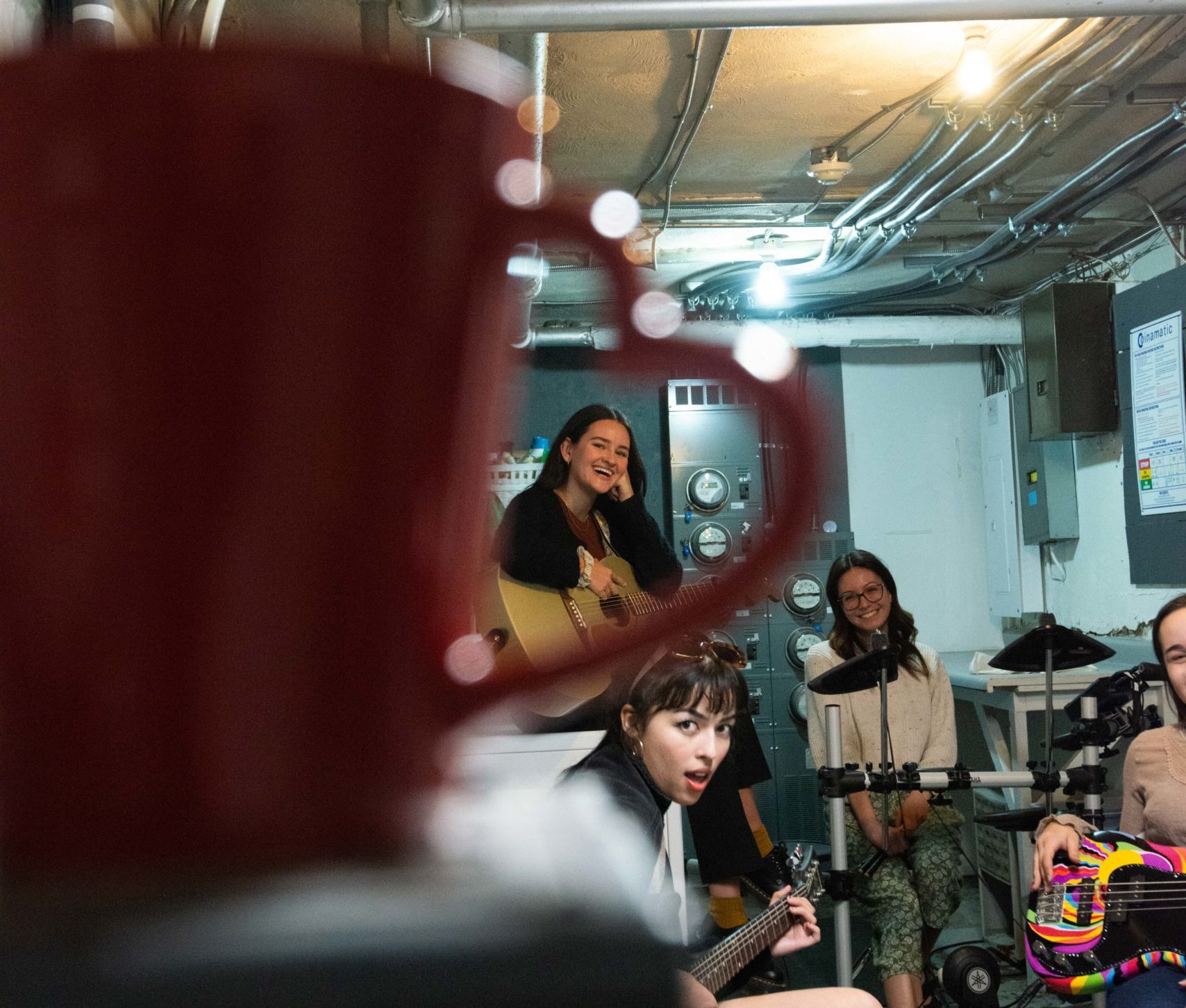
Robojom’s first full-length release Hollow Body creates some interesting difficulties when attempting to write a coherent review. First, and perhaps the most vexing, is its resistance to being defined by normal concepts of genre and the decided lack of easy comparisons to similar sounds popularized by other bands.
From the first song to the last, the album demands that modifications be made to the common definitions of musical nomenclature and, in some cases, requires an entirely new set of terminology in order to unpack its impact and significance. From the outset, the eponymous track “Hollow Body” raises more questions than it answers. The song begins with what is arguably the most triangle-heavy intro ever recorded – and the peculiarity of this statement can do justice to only a small portion of the artistic risks and liberties undertaken by Robojom over the course of the next eight tracks.
The album is certainly electronic at its roots, but to use this as an excuse to classify it as purely “new wave” would be a major disservice. In many ways it represents a rejection of the Duran Duran and Depeche Mode aesthetic typified in the eighties. “Til I Die” begins with gasps evoking a pronounced corporeality, juxtaposed by distinctly robotic, digitized sounds. The penultimate track, aptly named “fear”, produces the nostalgic 8-bit edge of music signifying an imminent pixelated danger, while introducing real world social anxieties with lyrics asking questions like “why are you looking at me?” and fading into unsettling, choked screams.
The artistic marriage of the digital and the human is an undertaking attempted by many, but successfully accomplished by few. As Robojam lays the groundwork for a burgeoning prairie-futurism, they take on the important task of questioning modern methods of artistic expression. Through lyrical brevity, and combined with a purposeful disregard for homage or emulation, Hollow Body comes together to create something thought-provoking and fresh. The result being akin to a concept album which never explicitly states its theme, but allows the narrative to form subjectively in the consciousness of each listener.
But beyond independent listening, the real experience cannot be understood until it is seen, as Robojom’s style is as much performance art as it is auditory. Their stage presence, costuming, and self-described “dance-o-tron experience of raw power” is an integral part of the album and, as a result, their live shows have become a piece of the Winnipeg music scene that must not be missed.
by Mark Teague

